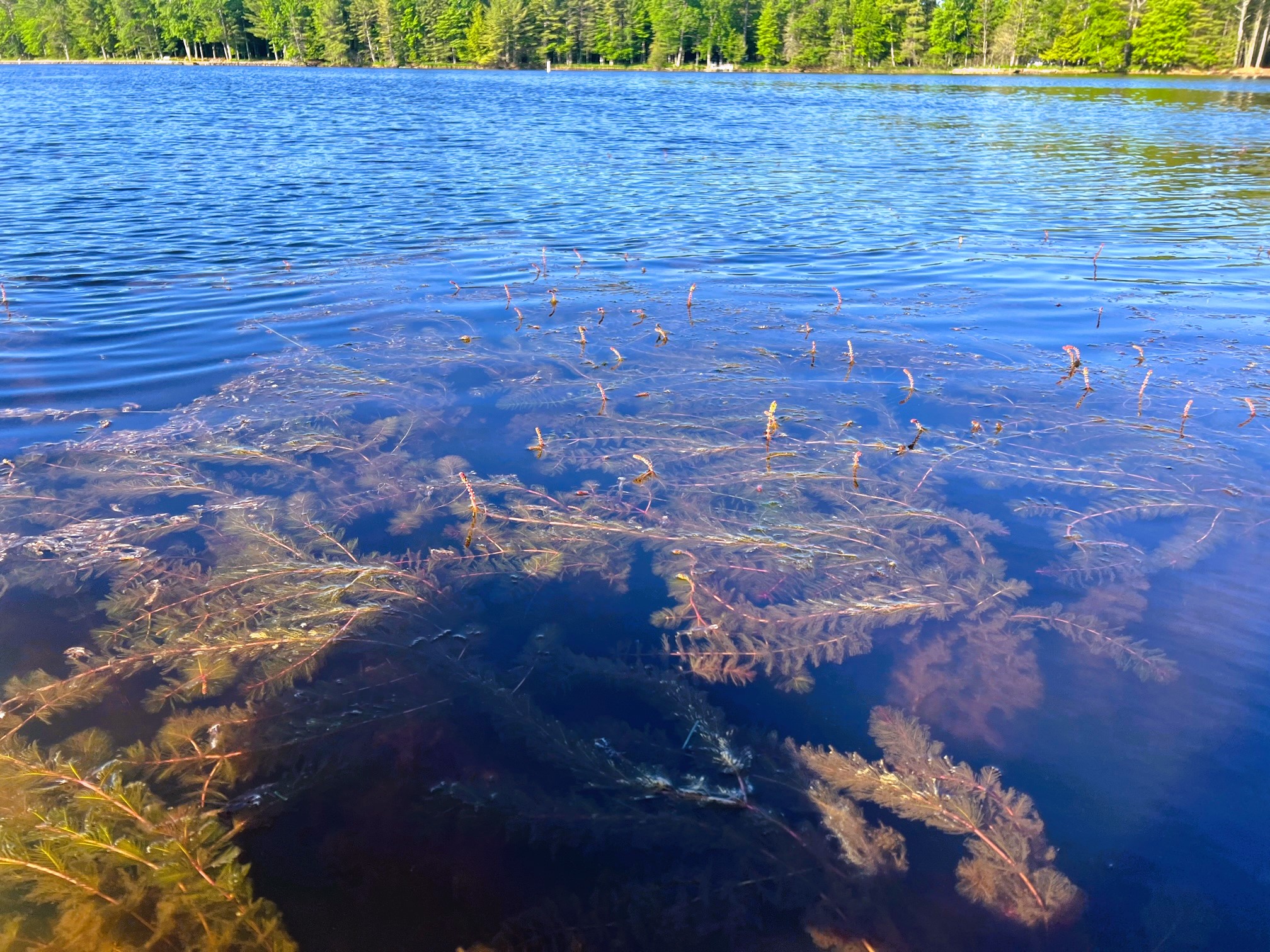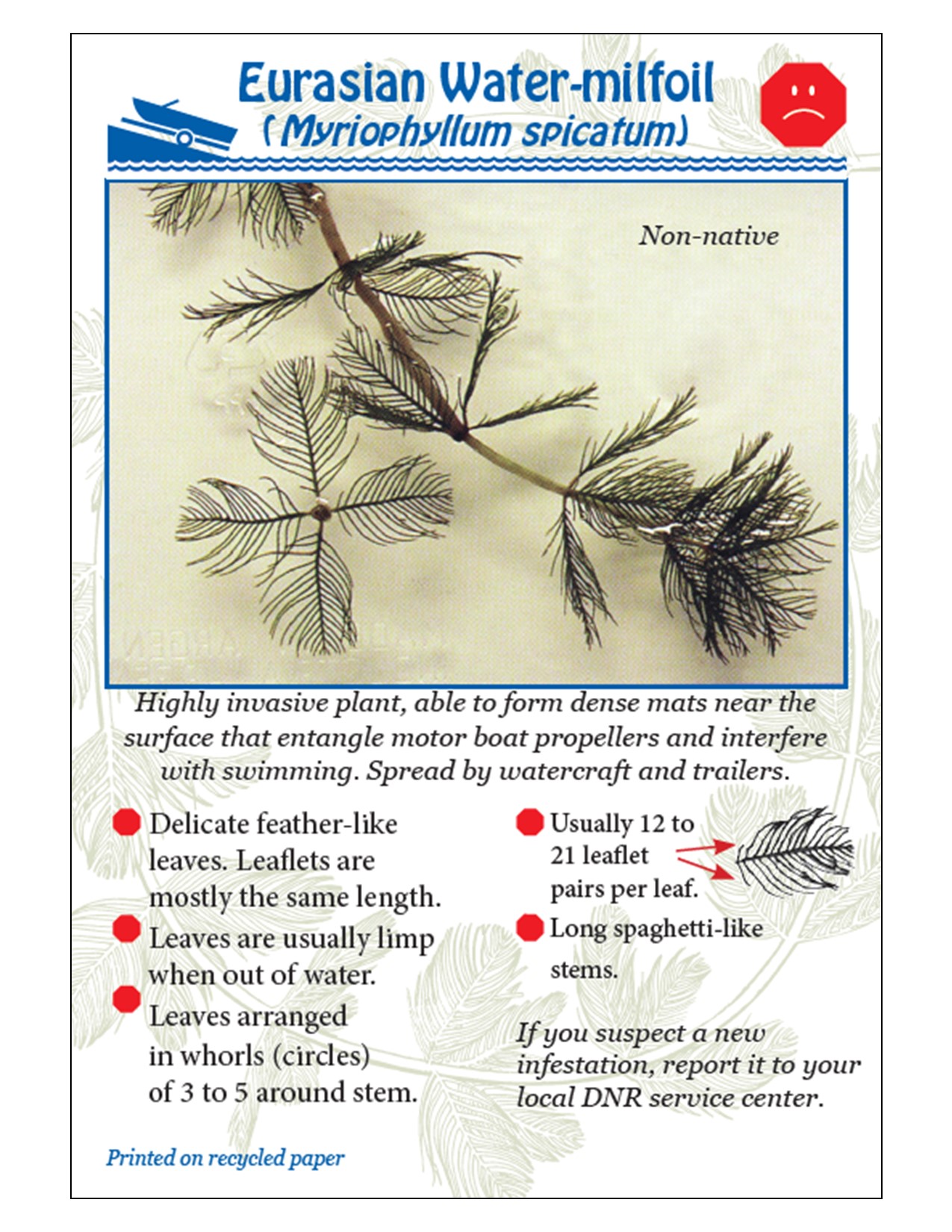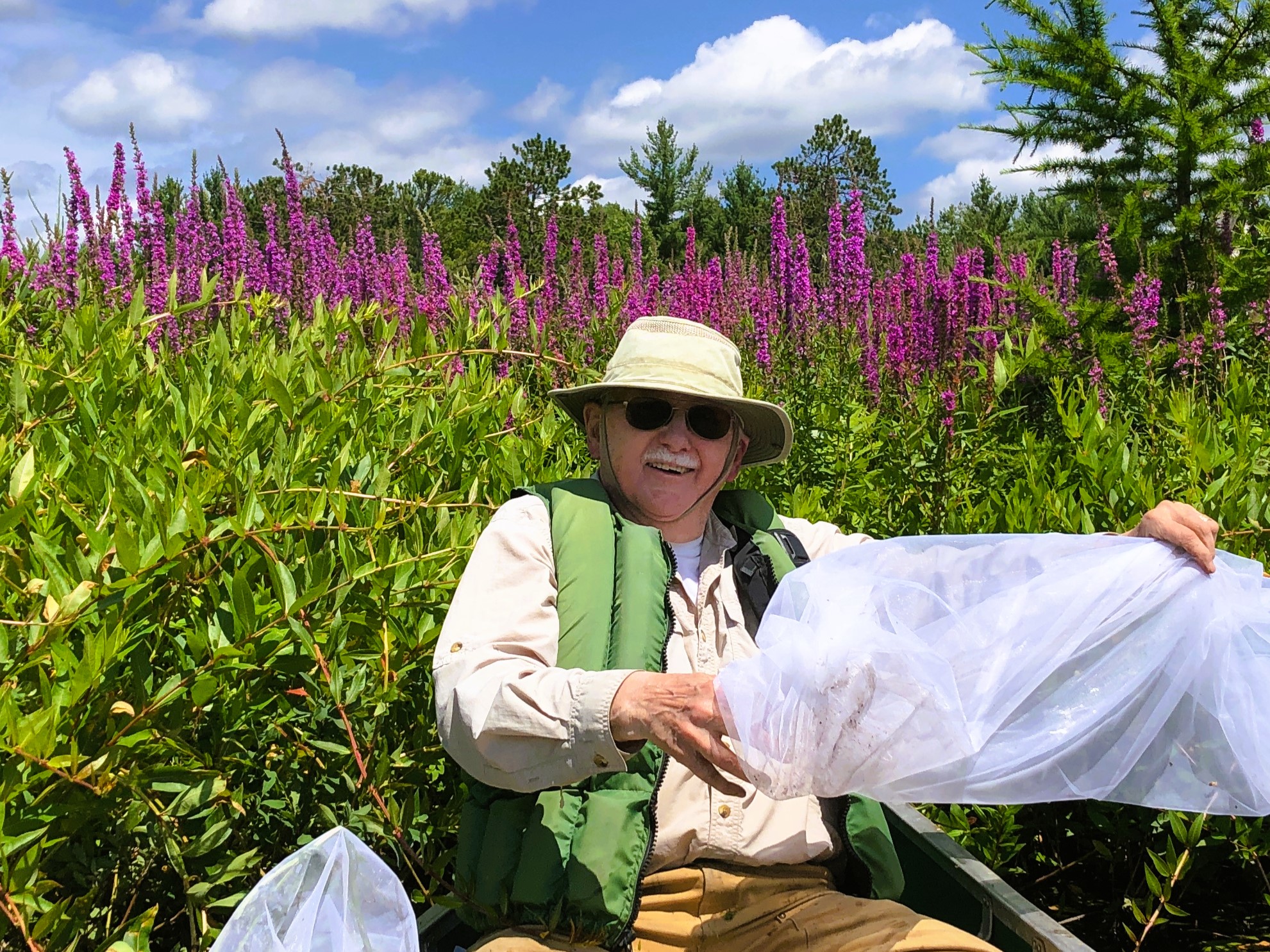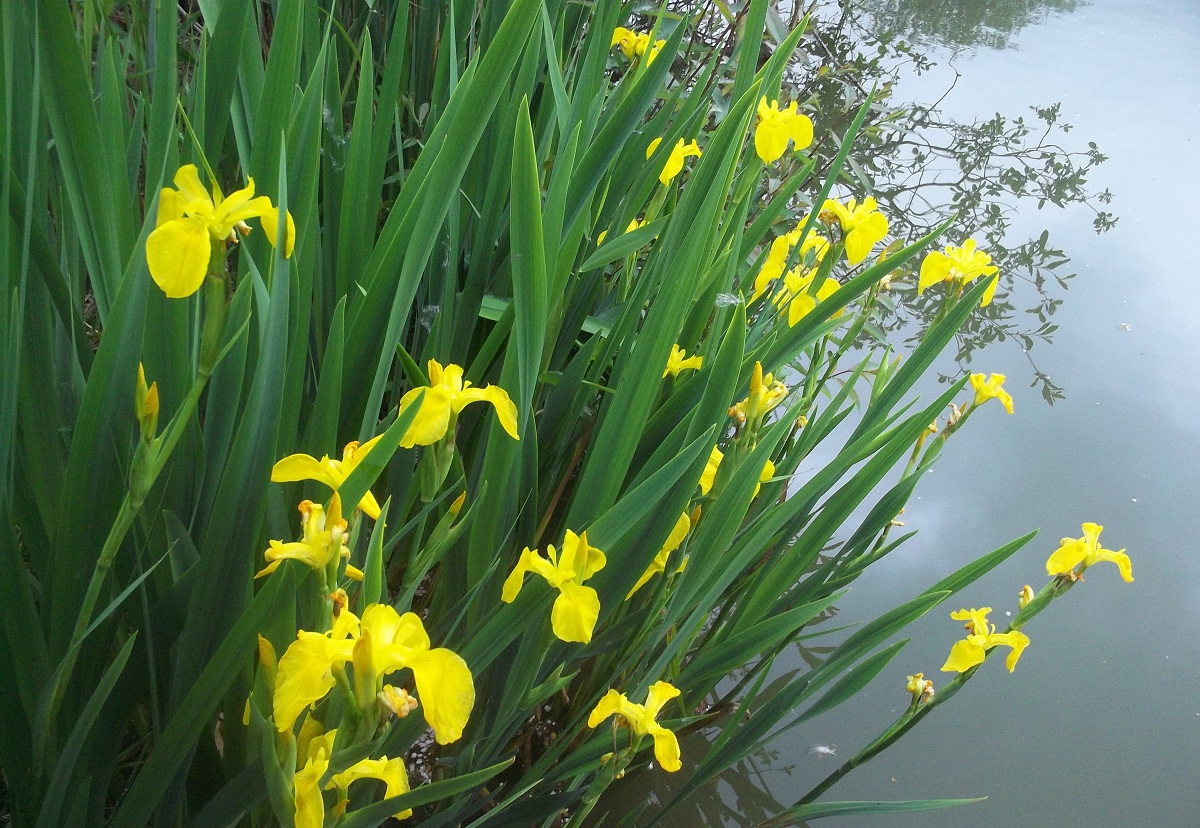aquatic invasive species
A prominent threat to the Three Lakes Chain is introduction and complications due to Aquatic Invasive Species (AIS)

THREE WAY PROTECTION PLAN – EDUCATION
Ongoing education programs include:
- Informative articles in the biannual TLWA newsletter
- Annual summer presentation by the Oneida County Land and Water Conservation Department
- Dissemination by Landing Inspectors via the Clean Boats/Clean Waters (CB/CW) program and
- Providing information from Lake Captains to their Adopt Your Shoreline program volunteers
prevention & remediation
Prevention via the Clean Boats – Clean Waters (CBCW) program where boat landings are staffed by inspectors who remove AIS from boats and inform boaters of the danger of AIS. In 2023 alone, 3433 boats were scrutinized. Adopt Your Shoreline is an active monitoring program supervised by Lake Captains and staffed entirely by volunteers who monitor their designated shoreline segment for AIS multiple times each season.
Remediation – Invasive species have a strong foothold in the Three Lakes Chain. The most prevalent is the Pale-Yellow Iris which is present on the shorelines of all lakes of the chain. Remediation depends on the individual riparian owner rather than the TLWA. Purple Loosestrife is present on many shorelines of the chain. Control measures include manual removal (digging out), chemical herbicide treatment, or biologic with plant eating beetles.
Eurasian Water Milfoil (EWM) demands most of the resources of the TLWA in both volunteer hours and capital investment. It has been identified in Virgin Lake and Long Lake including the channel to the Burnt Rollways Dam. A volunteer team of SCUBA divers have done underwater hand harvesting in both areas. Plant proliferation in Virgin Lake required herbicide treatment in 2023. TLWA volunteers engineered and constructed a DASH (Diver Assisted Suction Harvesting) boat for mechanical harvesting.

eurasiAN WATER MILFOIL (EWM)
Eurasian Water Milfoil (EWM), Myriophyllum spicatum, is an aquatic invasive species causing significant ecological and economic damage to the waterways of Wisconsin. It is present on our Three Lakes Chain on Virgin Lake and Long Lake. This non-native plant from Eurasia and North Africa can grow quickly and outcompete native plant species, leading to a decline in water quality and biodiversity. Recent studies have also indicated a significant devaluation of shoreline property values where EWM is located.

EWM was first introduced to North America in the late nineteenth century and has since spread throughout the United States. It was first discovered in Wisconsin in 1962. The plant grows quickly and can form dense mats on the water’s surface, which can impact water quality and limit recreational activities. These dense mats also reduce the amount of sunlight that reaches the water, which can negatively impact the growth of native plant species and reduce oxygen levels, leading to negative impacts on aquatic wildlife.
Eradication efforts for EWM in Wisconsin have focused on a combination of mechanical (physically removing the plants, either by hand or by using specialized equipment like aquatic weed harvesters (DASH) or bottom (benthic) barriers) and chemical control using registered aquatic herbicides to kill the plants, which can be effective in reducing plant populations.
For further information see various TLWA Newsletters and the Wisconsin DNR

PURPLE LOOSESTRIFE
Purple loosestrife is an aggressive invasive plant that colonizes shorelines, marshes, bogs, and adjoining wet or moist soil areas. Purple loosestrife (Lythrum salicaria) was introduced from Europe in the late 1800’s for horticultural purposes. It gradually escaped from gardens into other suitable habitat, eventually becoming widely distributed in Eastern and eventually Midwestern States. The plant can form dense, impenetrable stands which are unsuitable as cover, food or nesting sites for a wide range of native wetland animals including ducks, geese, rails, bitterns, songbirds, muskrats, frogs, toads and turtles. Native plants are out-competed, overgrown and displaced. Many rare and endangered wetland plants and animals are at risk.

This aggressive invader is well established in Spirit, Big Stone, Planting Ground, Round, Island, and Big Lakes. Individual plants can produce millions of seeds which are easily spread by moving water.
TLWA and the DNR raise “Cella” beetles that only live on and eat purple loosestrife. Native to Europe, they have gone through years of testing as a potential biological control agent by the US Fish and Wildlife Service and the US Department of Agriculture. Known as a purple loosestrife specific feeder, Cella is now being raised and released into Wisconsin wetlands infested with purple loosestrife and is proving to be an outstanding control agent.

PALE YELLOW IRIS
It is hard to imagine that the Yellow Iris (Iris pseudacorus) is actually an incredibly aggressive aquatic invasive species. It spreads by both water dispersed seeds and massive underground roots known as rhizomes. The rhizomes expand quickly, connecting several hundred plants together, creating dense stands that invade shorelines and choke out streams, ponds, wetlands, bogs, swamps, marshes. It can even make its way into dry uplands and forested areas. This species has the ability to escape water gardens and ponds and grow in undisturbed and natural environments. All parts of the plant are toxic to livestock and other animals.

Yellow Iris forms extremely large, dense monotypic stands that will degrade the environment by displacing native vegetation including native irises, sedges, and even the robust cattails. The stands reduce habitat for fish, wildlife, waterfowl, and bird nesting and rearing sites. Thick stands can clog irrigation systems and streams by trapping sediment in the roots and converts wetlands to a drier environment. The massive rhizome system compacts the soil that inhibits native seeds from germinating and native plants from taking root.
In Wisconsin, Yellow Iris is classified as a Restricted Invasive Species which is a nonnative that is established and widespread throughout a region or found statewide and the chance of eradication is low. Restricted species may not be transported, transferred (including sale) or introduced. If they are already on your property, you are encouraged, but not required, to remove them.
